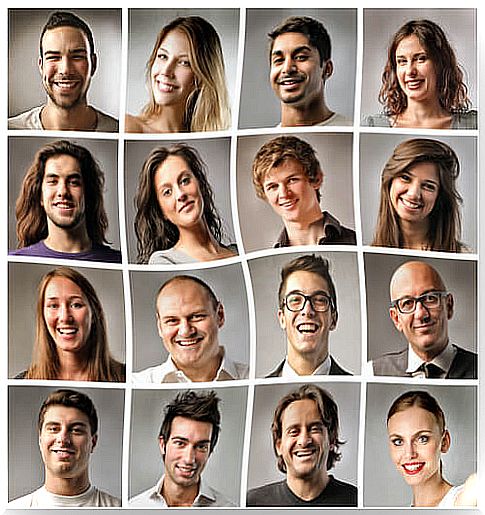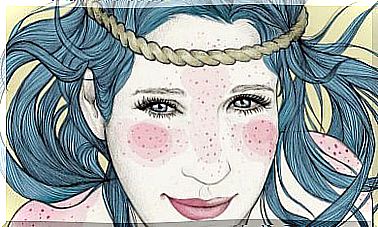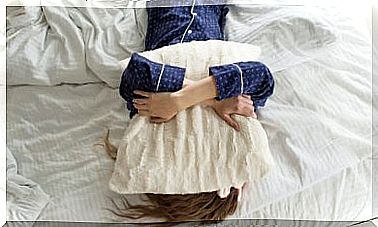What Faces Inspire Us The Most Confidence?

Being normal often goes unnoticed, but new research suggests that “normal” prevails when people evaluate the reliability of a face.
Research indicates that while typical faces are not viewed as the most attractive, they are viewed as the most trustworthy.
According to the study “The influence of the typicality of the face in the perceived trustworthiness”, it is more probable that people trust a “typical” face, because it transmits familiarity and cultural belonging.
In this sense, these results have important implications for the understanding of social perception, including intercultural perceptions, as explained by the psychological scientist and principal investigator of this study, Carmel Sofer of Princeton University and Radboud Nijmegen University. (Netherlands)
Previous studies have shown that a face made up of an average of many faces is often perceived as more attractive than the sum of its constituent parts. However, other studies suggest that the relationship between mediocrity (or typicality) and attractiveness may not be that simple, and that some of the dimensions of the faces matter more than others, to explain the connection. Sofer and his colleagues wondered if typicality could be more directly linked to the perception of reliability.
In one experiment, the researchers created a “typical” face digitally averaging 92 female faces, and they also created an “attractive” face by averaging the 12 most attractive faces from another set of faces. They then combined the two faces into one and created nine variations in which there were different levels of appeal and typicality. The end result was a continuum of 11 faces ranging from less attractive to more attractive, with the most typical face occupying the middle point.
Participating women viewed these facial variations and used a 9-point scale to rate reliability or attractiveness. Over the course of the study, the participants viewed and rated each face three times. The researchers only included female participants, in order to eliminate possible cross-gender differences in the way people perceive and evaluate faces.
The resulting ratings reveal a kind of U-shaped relationship between typical face and confidence. Thus, the closer a face was to the more typical, the more trustworthy it was.
When it came to attraction, however, typicality was not shown to play a relevant role.
“Although the typical face didn’t matter for the attractiveness assessment, it did matter for the reliability judgments,” explains Sofer. “This effect may have been overlooked, because judgments of reliability and attractiveness are generally highly correlated in research.”
Another experiment confirmed these results, showing that the relationship between mediocrity and reliability was not caused by the specific faces used or by the transformation process that the researchers had used to digitally combine and alter the faces.
“By showing the influence of the typical face on perceived honesty, our results shed new light on how the typical face influences social perception,” the researchers write. “They highlight the social significance of the typical face because the reliability judgments approximate the general evaluation of the faces.”
Sofer and his colleagues are interested in exploring how the typicality of the face influences the sentences related to the face that we make in intercultural settings.
“We are interested in how people judge the reliability of the face when visiting other countries and how people perceive visitors,” explains Sofer. “In addition, we intend to study how the typical face influences judgments of reliability, when other factors, such as emotional expressions, are present.”









